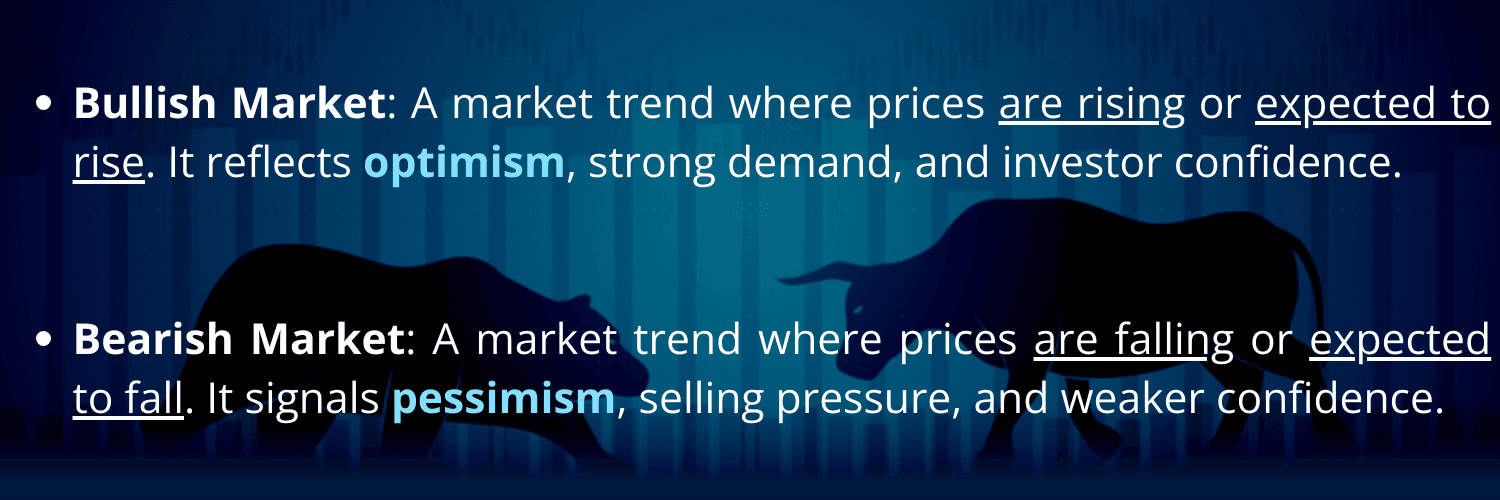How On-Chain Analysis Can Predict Market Trends?


Crypto markets move fast! and if you're trading or investing, keeping up isn’t just helpful, it’s essential. Traditional analysis methods often fall short of capturing the nuances of decentralized networks. Enter on-chain analysis, a method that scrutinizes blockchain data to provide real-time insights into market dynamics. By examining transaction volumes, wallet activities, and miner behaviours, on-chain analysis offers a transparent view of the crypto ecosystem, enabling more informed trading decisions.
What is On-Chain Analysis, and Why is it Important?
On-chain analysis involves examining blockchain data to assess the health and trends of a cryptocurrency network. Unlike traditional financial systems, blockchain offers a transparent ledger where every transaction is recorded and publicly accessible. This transparency allows analysts to monitor various metrics, providing insights into user behaviour, network activity, and potential market shifts.
Key Metrics Used in On-Chain Analysis
Several metrics are pivotal in on-chain analysis:
This measures the number of unique blockchain addresses sending or receiving transactions within a given period. A consistent rise in active addresses suggests growing user participation and network adoption, while a drop may indicate reduced interest or market cooling. It’s not a perfect proxy for “users” (since one person can own multiple addresses), but it remains a strong indicator of overall engagement and activity.
Transaction volume tracks the total value transferred on-chain over a certain timeframe. High transaction volumes typically signal strong market participation, liquidity, and confidence in the network. Sudden spikes may indicate heightened speculation or institutional involvement, whereas low volumes could suggest stagnation or investor caution.
TVL reflects the aggregate amount of crypto assets deposited into decentralized finance (DeFi) protocols such as lending platforms, DEXs, and yield farms. A rising TVL implies increasing trust, adoption, and capital inflow into DeFi ecosystems. Conversely, a falling TVL may show capital flight, lower yields, or reduced confidence in the protocols.
This metric monitors the quantity of cryptocurrencies held in centralized exchanges. Declining reserves suggest that investors are withdrawing funds into self-custody, often seen as bullish (less sell pressure). Rising reserves may imply that more holders are preparing to sell or trade, potentially signaling bearish sentiment.
The SSR compares the market cap of major cryptocurrencies (like Bitcoin or Ethereum) against the circulating supply of stablecoins (such as USDT or USDC). A low SSR means there’s a high stablecoin balance relative to crypto assets, indicating strong “buying power” and dry powder on the sidelines. A high SSR, in contrast, suggests less stablecoin liquidity available for new crypto purchases, which can limit upward price momentum.
Together, these metrics form the foundation of on-chain analysis, helping analysts gauge adoption, liquidity flows, investor sentiment, and potential market trends.
How On-Chain Analysis Can Identify Market Trends?
By analyzing blockchain data, on-chain analysis can reveal patterns and trends that might not be apparent through traditional analysis.
Tracking Wallet Activity to Forecast Market Movements
Large wallets, often called “whales,” play an outsized role in shaping market trends. By examining their deposits and withdrawals, analysts can anticipate potential market moves before they hit the charts. For example, a sudden spike in deposits to centralized exchanges is often a precursor to increased selling pressure, while large-scale withdrawals to private wallets suggest accumulation and long-term holding. This real-time transparency gives traders an edge that traditional financial systems rarely offer.
Using Transaction Volume as an Indicator of Market Sentiment
Transaction volume reveals not just how much is moving on-chain, but also the psychology behind the moves. Rising volumes during price rallies usually signal strong demand and confidence, confirming a bullish trend. Conversely, high volumes during sharp price drops often point to capitulation or panic selling, marking bearish phases. By mapping these patterns, investors can distinguish between healthy growth, speculative bubbles, and fear-driven downturns.
Advanced On-Chain Metrics for Predicting Price Trends
Beyond basic metrics, advanced on-chain indicators offer deeper insights into market dynamics.
Analyzing Miner Behavior and Its Impact on Price
Miners are both security providers and key liquidity players in proof-of-work blockchains. Their actions can heavily sway price dynamics:
Evaluating Stablecoin Flows to Gauge Market Stability
Stablecoins, tokens pegged to fiat currencies like USD, serve as the bridge between volatile crypto assets and “safe” liquidity. Because they are widely used for trading, their flows often reveal hidden market sentiment:
In essence, stablecoin dynamics act like the pulse of the crypto market, measuring whether capital is poised to enter riskier positions (bullish) or retreat to safety (bearish).

Integrating On-Chain Analysis into Trading Strategies
Incorporating on-chain analysis into trading strategies can enhance decision-making by providing a more comprehensive view of the market.
Tools and Platforms for Effective On-Chain Analysis
Several platforms offer tools for on-chain analysis:
By combining these platforms, traders and analysts can access real-time blockchain intelligence, spot early signals of shifts in liquidity and sentiment, and make data-driven decisions rather than relying purely on speculation.
Summary
"The blockchain is the truth machine. It’s the most trustworthy source of data."
— Andreas M. Antonopoulos
On-chain analysis serves as a powerful tool in the arsenal of cryptocurrency traders and investors. By delving into blockchain data, it offers unparalleled transparency and insights into market behaviours. From tracking wallet activities to understanding miner behaviours and stablecoin flows, the on-chain analysis provides a multifaceted view of the crypto landscape. Integrating these insights into trading strategies can lead to more informed decisions and potentially better outcomes in the volatile world of cryptocurrencies.
Resources
Frequently asked questions
Check out most commonly asked questions, addressed based on community needs. Can't find what you are looking for?
Contact us, our friendly support helps!
How does on-chain analysis differ from traditional technical analysis?
On-chain analysis focuses on blockchain data like transactions and wallet activities, while traditional technical analysis relies on price charts and trading volumes.
Can on-chain analysis predict short-term market movements?
While on-chain analysis provides valuable insights, predicting short-term movements remains challenging due to market volatility and external factors.
Is on-chain analysis useful for all cryptocurrencies?
Yes, but its effectiveness depends on the transparency and activity level of the specific blockchain network.




